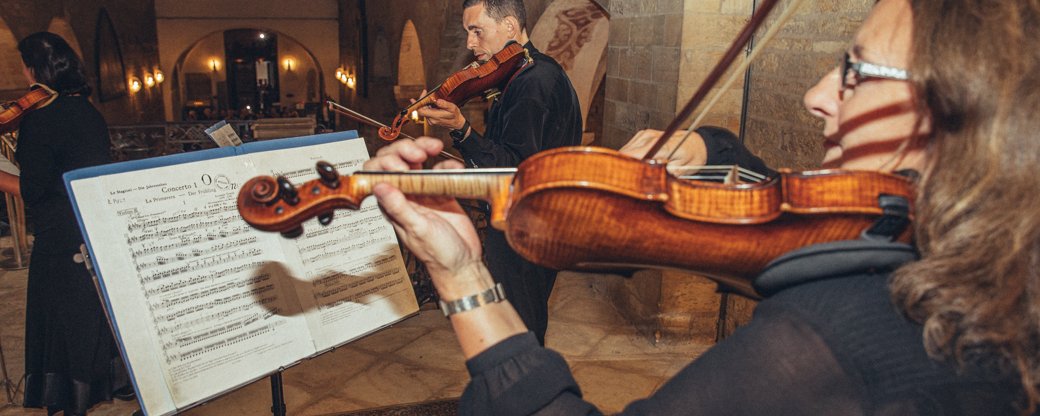
Sheet music, or How music notation evolved
Melody notation is an invention older than you might expect
Speech and singing are generally thought to have evolved together as the human brain developed, and so did hearing. When early man began to distinguish songs from the spoken word, we will never know, but the fact is that the human effort to record melody is much older than we were told by our teachers in music class.
However, we must not imagine classical music notation, a violin key, five lines and notes with (or without) a foot; the original notation was much simpler. It evolved in ancient times in civilizations that were ruled by writing. The earliest surviving hymnbooks come from China and are dated to the 4th-8th centuries BC!
The earliest "music" record, however, dates from even further back in time. It was found in the 1950s in Syria, deciphered as a melody record and dated to the 14th century BC. So it's almost 3,500 years old!
The record is preserved as an engraving on clay tablets, on which the lyrics of the song are written, with the melody underneath in the form of musical markings that fit with the number of syllables and were intended to aid interpretation of the song.
So-called notation techniques developed, of course, as did music or music theory, with notes taking on names and markings so that they could then be written down, and each civilisation contributing its own work. The Sumerians used a system of signs to determine the pitch and length of a note, and the ancient Egyptians did likewise. The Chinese, in turn, developed separate "instructions" for singers and instrument players, who used an outline of their instrument and dots to indicate the position of the fingers. This technique is still used today, for example in guitar and ukulele lessons.
However, the surviving musical recordings do not tell us anything about the age of music as such. Our ancestors were certainly making music even before they started writing down their melodies. The oldest surviving instruments, pipes, drums or rattles, are up to 100,000 years old!
Notation using the letters of the alphabet, as we know it today, originated in ancient Greece sometime in the 5th century BC. Then in the 5th century AD, the Roman philosopher Boethius developed a system of marking musical notes using the first fifteen letters of the alphabet, a system that was not surpassed until the Middle Ages. Then, in the 11th century AD, the first two note lines appeared, in which the melody is inscribed, allowing musicians to 'discover' the pitch of the notes. From there, the path led to the present five-line notation as it became established in the 17th century. The notation of the notes, or the rhythm of the melody itself, also evolved. The forerunner of today's quarter and semitones was the division of notes into thirds, which appeared in the 13th century, but semitones appeared a century later.
It should be remembered that notation was for a long time the only way to preserve a melody. This was true, in fact, until the invention of recording devices such as the phonograph at first, and later the gramophone. Until then, the world knew only printed music notation, which over time turned into a profitable enterprise. At the turn of the 18th and 19th centuries, for example, 25,000 new songs or compositions were printed annually in the United States! A sheet music recording of one of the most popular tunes of its time, the waltz After the Ball of 1891, is said to have sold more than five million copies. Today, sheet music is a musician's affair; the layman need only press the knob of his or her chosen player and a little musical ear to discover the tune. Thus, reading music is now a privilege and a valued art, but not a necessity. It remains singing, which is known to heal the soul and brighten the day.



